17 Takeaways from Mary Meeker's AI Deck
PLUS: Elon vs. Trump, Taylor Swift, Moncler's $17B Secret Sauce and Ukraine Drone Tech.
Thanks for subscribing to SatPost.
Today is a round up of some interesting reads, watches and listens.
Mary Meeker on the AI Wave
Moncler’s $17B Secret Sauce
Taylor Swift Gets Her Masters Back
Ukraine and Drones Tech
…and them wild posts (including Musk vs. Trump)
Mary Meeker and the AI Wave
Mary Meeker — a leading Wall Street tech analyst during the 1990s turned widely-read VC — published her famous Internet Trends report for the first time since 2019.
She came out of retirement with a 340-page slide deck because of the rise of breaded chicken sandwiches generative AI.
If you spend any time on social, the AI hype has gotten a bit out of hand. Every day, someone is posting a new AI video or text or image feature with the clickbait title “this is insane”, “this is wild”, “this is crazy”, “Google is dead”, “wow, Apple is cooked”, “[Insert Fortune 50 Company] is over” or “drive down to Walmart, buy some adult diapers and put them on because you will lose bladder control after seeing what you’re about to see”.
It’s a bit much (and I am guilty of doing every single one of those hooks).
Meeker’s deck does a great job of contextualizing the hype and it’s not as hype-y as it seems once you read through her stats. Specifically, the consumer adoption and infrastructure buildout of AI is happening at an unprecedented pace.
While the $1T in Big Tech data centre spend may not yield a great return for all the players involved, I think it’s a pretty massive win for consumers. There are clear parallels to the Dotcom Bubble when telecoms spent $500B+ on fiber and cables etc. Many went bust but we were left with massive data infrastructure that led to later internet and mobile waves (for sure, the technology itself is amoral and was used for the entirety of the human experience...just like AI will).
On the consumer side, Meeker paints an impressive picture of ChatGPT. Its growth blows away previous tech platforms. While this does not guarantee OpenAI will win the long-run generative AI race — or even be around decades from now — it has an enviable position with huge mindshare.
Let’s start with this chart.
ChatGPT grew to 100 million users in 2 months. That’s blazing fast compared to other internet platforms including TikTok (9 months), Instagram (2.5 years), Facebook (4.5 years), YouTube (5 years) LinkedIn (8 years) or Netflix (10 years).
To be sure, this is not an apples-to-apples comparison. ChatGPT launched at a time of way higher internet penetration and global mobile adoption than the comps.
But the larger point is that in the 2020s, it is possible to roll out a new technology that fast and ChatGPT capitalized on the opportunity.
In fact, ChatGPT’s user base is already 90% outside of North America in under 3 years. The internet took 23 years to reach the same ex-North America penetration.
In terms of search volume, ChatGPT hit 365 billion annual searches in its 2nd year while Google took 11 years to reach the same milestone (please stop yelling at me about this not being apples-to-apples…the point is to illustrate how times are different!!!).
Meanwhile, AI has already penetrated 50% of American households in 3 years. The pace is much faster than mobile (6 years), desktop internet (12 years), PC (20 years) and the 2nd industrial revolution (42 years; what a slacker).
ChatGPT’s hyper-growth has not yielded a profit yet, though. Generative AI has high marginal costs to serve queries (vs. search). To wit, OpenAI did ~$5B in sales in 2024 but still lost ~$5B.
Of course, Nvidia has been biggest winner of the AI boom. The chip leader has seen its revenue explode 28x over past decade to $120B a year. Nvidia’s gains are driven by Big Tech capex spend, which itself has risen to $500B a year.
Nvidia CEO Jensen Huang is pushing his firm hard to capture the opportunity and their GPUs are absolutely cooking. Performance — measured by inference token capacity relative to power usage — is up a ridiculous 225x over the past 8 years.
The installed base of Nvidia GPU compute (FLOP/s) is up 100x in the past 6 years.
In the past decade, the AI inference cost — based on energy required to deliver a token — has declined by 105,000x. I literally have no idea what that means but that seems like an impressive cost reduction.
This chart I do get: compute costs are falling precipitously while performance gains continue/increase.
In the past 2 years, the cost to serve 1 million tokens has dropped by 99.7%.
That’s an incredible deal (especially if you’re a student asking to have a college essay written on your behalf).
xAI’s data centre buildout in Memphis is the peak example of Nvidia chip deployment. The 750,000 sqft facility was fully operational in 122 days. Jensen Huang said such a construction usually takes 3 years (meanwhile, the average standalone American 1,792 sqft home took 234 days to build).
The feeding frenzy of AI startups has also found traction faster than the SaaS firms popular in the 2010s.
The top 100 AI startups were able to get to $5m in annual recurring revenue (ARR) in 24 months on average. The same pace for SaaS in 2018 was 37 months.
It’s still too early to tell if these AI startups can keep delivering value to users and actually become popular.
There have been a few standout categories.
Coding tools are the clearest breakout generative AI product while the physical world has seen important advances with autonomous driving:
In 20 months, Waymo has gone from 0% to 27% of all ride shares in San Francisco.
In 33 months, Tesla — which is about to roll out its Robotaxi in Austin — has seen training data miles for Full Self Driving (FSD) increase by 100x.
Definitely check out the full Meeker deck for coverage of these future AI applications.
Separately, one of the best responses I read about the deck was from Bucco Capital, who took the 340 slides and asked Gemini and ChatGPT to construct investment portfolios (not investment advice):
Let me wrap up with two text-heavy slides from Meeker.
The first is her noting how many of today’s leading Big Tech firms ate doo doo along their path to success. Many had to make large upfront spend and clocked in near-term losses while investors dogged them the entire time before coming out on the other side.
A major caveat is that current AI capex is on another level:
The AI tech cycle of creative disruption has historical analogs.
Head turners of the semi-recent past include Apple’s near bankruptcy in 1997 when its market capitalization was $1.7B*, now $3.2T.
Amazon.com’s near death moment happened in Q4:00 when it reported a net loss of -$545MM on revenue of $972MM. Founder and then-CEO Jeff Bezos noted in the 2000 Shareholder Report that “It’s been a brutal year for many in the capital markets and certainly for Amazon.com shareholders. As of this writing, our shares are down more than 80% from when I wrote you last year.”
At post-loss trough in Q3:01 its market cap was $2.2B while it supported 23MM active customer accounts. The market cap is now $2.2T.
All in, Amazon lost -$3B in the twenty-seven quarters between its launch in Q2:97 and the end of its first net income-positive year (2003). For twenty-seven most recent quarters (Q3:18-Q1:25), Amazon’s cumulative net income was $176B.
Google’s IPO filing (April 2004) noted that in Q1:04, after having only raised a Series A funding round, it spent 22% of revenue ($86MM of $390MM) on capital expenditures — at the time it was an incomprehensibly high number. It went public at a $23B market cap, now $2.0T.
Uber burned -$17B* between 2016 and 2022 (and materially more before that) before its first free cash flow-positive year in 2023. In 2022, it had 131MM monthly active platform consumers. Uber’s last equity financing was a Series G. Its fully-diluted IPO market cap was $82B, now $189B.
Tesla burned -$9.2B between 2009 and 2018 before becoming free cash flow positive in 2019. In the ten years between 2009 and 2018, it lost a cumulative -$5.6B delivering ~540K vehicles. It went public in 2010 at a market cap of $1.6B. From 2019-2024, it then earned $40B delivering 6.7MM vehicles. Its market cap is now $1.1T.
It is important to remember — most of the time, when all is said and done — a business’s valuation should represent the present value of its future free cash flows.
The aforementioned companies — with aggressive cash burn — tested this premise hard, built large-scale data-driven network effects based on product excellence / constant improvement, developed technology-driven competitive advantage and ultimately proved the naysayers wrong.
Only time will tell which side of the money-making equation the current AI aspirants will land.
The second text-heavy slide was a quick-and-dirty breakdown of the different tech epochs:
The tipping point for personal computers was the introduction of Apple’s Macintosh (1984) and Microsoft’s Windows 3.0 (1990).
With the Internet it was Netscape’s IPO (1995). With the Mobile Internet it was Apple’s iPhone App Store launch (2008).
With Cloud Computing it was the launch of AWS (Amazon Web Services) foundational products (2006-2009).
With AI it was the launch of NVIDIA’s A100 GPU chip (2020) and OpenAI’s public version of ChatGPT (2022).
In effect, the global competition for AI kicked in with the launch of China’s DeepSeek (1/25) and Jack Ma’s attendance at Chinese President Xi Jinping’s symposium of Chinese business leaders (2/25).
In other words, the next few years are going to insane wild crazy…so, better stock up on those Walmart Adult Diapers.
This issue of SatPost is brought to you by Bearly AI
Are you looking for an encrypted and anonymized AI chat tool?
Then, try the Bearly AI research app, which provides an easy-to-use UX to access leading models from OpenAI, Anthropic, xAI, DeepSeek, Gemini and more.
While some AI providers keep chat logs indefinitely even after a user deletes them...all Bearly AI chats are encrypted and requests to LLM providers are completely anonymized.
If you're looking for AI chat privacy, get access to leading LLMs on our platform and try one month FREE of our Pro Plan using the code BEARLY1.
Moncler’s $17B Secret Sauce
Last week, we talked about “The Dyson Creep-Up”, the phenomenon when your home starts randomly gathering more and more Dyson products.
A related phenomenon I’ve noticed is the “The Moncler Creep-Up”, when more and more of your friends start wearing Moncler out of the blue. Beanies. Polos. Vests. Jackets.
With this creep-up top of mind, I was intrigued when Business Breakdowns dropped a new episode on the luxury outerwear brand.
Founded in 1952 in the French ski town of Monestier-de-Clermont (hence, the name), Moncler — now headquartered in Milan — does $3B+ a year and has a market cap of $17B.
The market cap stuck out because I have graduated to Canada Goose rain jackets but Canada Goose Holdings is only worth $1.5B. Clearly, there are levels to this game and I need to step it up.
Anyway, Moncler’s reputation is tied closely to the quality of the down that goes inside of the winter jackets. Investor Chris Davies explained to host Matt Reustle how the secret sauce works:
On the product quality side, Moncler has this really high standard when it comes to thinking about the [white goose] down that goes into its jacket. These standards are really, really strict.
[Moncler] has this special down integrity system and traceability protocol, which sounds very complicated and very scientific. And in some ways it actually is. For example, they actually do have a third-party auditor that's testing the DNA of some of the down to make sure that the species is right.
To go a level deeper on the quality of the down…you've got various standards around “fill-power”. So if you think about the way in which the down is clumped together, the way it's put into a jacket, there's various high standards around ensuring that you've got the right amount of down occupying a cubic inch after it's been compressed. […]
“Fill-power” is how many cubic inches one ounce of down occupies after it's been compressed.
So, higher “fill-power” means better insulation and better loft, which is how much space one ounce of down occupies when it's expanded. So higher loft means better warmth-to-weight ratio. So, more effective at trapping warm air.
You can measure “fill-power”. 300 to 500 is generally seen as lower quality. 700 plus is higher quality. That's the down that usually comes from more mature birds. It's got excellent warmth-to-weight ratio and that's the down that Moncler is really focused on getting into its jackets.
[Moncler] will go to extreme lengths to make sure that the jackets are perfect. So avoiding clumping, trying to avoid cold spots…all this kind of stuff, which is incredible.
But you've also got this product quality notion extending beyond materials. It's relevant for the animals themselves as well. So they've got very strict standards around how you treat the geese whose down you are harvesting. There's a complete ban here on what they call “lie of plucking” [note: this is the live plucking of geese, which Moncler had previously been accused doing]. That is just completely unacceptable here. So they use this protocol. They've got a third-party auditor, which makes sure that they're following these standards.
Amazing, a “special down integrity system” and “fill-power”. File those under “learn something new every day”.
Definitely check out the podcast and I’ll leave you with one more stat and a meme.
The stat: Moncler has a pretty large growth opportunity in America. While top luxury brands typically do 20%+ of total sales in America, Moncler’s revenue in America is currently 14% of sales. This is why the luxury brand will soon open its flagship store on Fifth Avenue in New York City.
The meme:
Taylor Swift Gets Her Masters Back
Huge news for Swifties.
Taylor Swift bought back the masters for her first 6 albums after a decade-long feud with record labels and PE firms. She now fully controls how the songs are released and monetized. There was no confirmed price but it was probably in the $500m+ range.
Matt Belloni and Lucas Shaw at The Town podcast have a rundown of the winners of the deal. Well, other than Taylor. She obviously won huge.
Swift is an S-Tier narrative controller. Despite already having the first $2B concert tour and personally being in the Tres Comma Club, she’s still seen by many as an underdog who was taken advantage of by the music industry…and she wrapped that storyline up with the recent triumph of getting her masters (including music vids, concert footage, album art, photos, and unreleased songs from her early discography).
Some quick back story:
Early Career with Big Machine Label: Swift signed with Scott Borchetta and Big Machine Label Group in 2005 when she was only 15. At the time, it was very rare for any artist to own the masters of their work. Recall in the 1990s, Prince changed his name to a symbol to get around overly-restrictive contract stuff with Warner Bros. As a new artist, Swift signed over her first 6 albums (“Taylor Swift” in 2006 to “Reputation” in 2018) in exchange for production, marketing, mentoring and other record label benefits.
2nd Deal With Universal Music Group (UMG): In 2018, Swift signed with UMG. But she was such a BOOOOOOOSSSSSSS at this point that the deal allowed her to keep her masters. In exchange for marketing and distributing her work, UMG received a cut of future album proceeds from physical sales, streaming and licensing.
Swift vs. Scooter Braun: A year later, super talent manager Scooter Braun — through his company Ithaca Holdings — bought Swift’s Big Machine Label masters for $300m. Swift was very choked and claimed Big Machine never offered her the chace to own the masters. She told Borchetta that the sale was a "worst-case scenario” because she’d had a contentious relationship with Braun over the years. The feud went public and Swifties mogged Braun at every opportunity.
Revenge By Re-Recording: Most of the public was on Swift’s side, particularly when she revealed another deal on the table. She was apparently offered the right to the Big Machine Label masters in exchange for recording 6 new albums (so, she’d get an album back if she made a new one). Swift went nuclear. Instead, she decided to re-record her first 6 albums and appended “Taylor’s Version” to the songs on streaming platforms. Taylor became the face and voice for artist’s rights. To date, she’s re-recorded 4 "Taylor Version's" albums and those often out-stream the originals (but both stream like crazy and everyone was getting paid).
Private Equity Gets Involved: Braun eventually flipped Swift masters to Shamrock Capital, a PE firm that buys up artist catalogs and monetizes them. Braun did so in 2020 and made a cool $100m for a year of work (sale was ~$400m).
Since then, Swift had the massive Eras tour, became Time Person of the Year, released a bunch of other new albums (19 total) and went full power couple with Travis Kelce.
She definitely had the means to pay Shamrock Capital for her masters but likely didn’t finance it all herself. While she’s in the Billy Club, a $500m+ cash outlay is pretty crazy. Her old man is a former Wall Street wealth manager and probably tapped some private pools of money in exchange for a % of future royalties (and being a very very silent partner…because she's gotta control the narrative).
The Town notes that everyone has won financially but there are tiers:
Winning: Scott Borchetta got paid and has largely avoided ire of Swifties. Universal Music Group and CEO Lucian Grainge didn’t get Swift's masters but publishing and marketing for her ensured they stayed in the artists's good graces (and benefitted from her halo).
Less Winning: Shamrock Capital — which is mostly positioned as an artist-friendly PE firm that buys catalogs — was seen by Swifties as faceless bureaucracy taking her hard-earned work. But Braun is definitely the singular figure most painted as a villain. On top of the fact that Swift says he bullied her and made her cry, the details of their legal wrangles included Braun asking for a non-disparagement agreement before any negotiations...which raised many questions of what he wanted to not come out.
As for me, I won by convincing my kid to go to the Eras Tour so that I wasn’t rolling there on my own…which would have been weird (I previously wrote a review of the concert and economics of Swift’s $2B tour).
Ukraine and Drone Tech
As many of you may have seen, Ukraine’s intelligence service destroyed dozens of long-range Russian bombers last weekend. Incredibly, the strike happened thousands of kilometers from the Ukraine-Russia border, using a fleet of 117 hobbyist drones hidden inside of steel shipping containers.
It was a milestone in asymmetric warfare: Ukraine’s drone fleet was probably worth less than $5m and it destroyed $7B worth of equipment. In general, the Ukrainians have been innovating very fast with drones to defend itself against a much larger and wealthier battlefield enemy.
The strike — dubbed Operation Spider Web — took 18 months to plan. Ukraine security services hid the drones inside of a specially designed shipping container compartment that opened up when the trucks were drive near four different air fields. The trucks then self-destructed to destroy evidence. It’s likely that the truck drivers didn’t even know they were carrying drones — specifically first-person view (FPV) drones, which allows operators to see targets with a camera — armed with explosives.
Even before the strikes, drones were already the defining weapon of this war (the same way machine guns came of age in WWI and tanks/aircraft carriers in WWII).
The meta-commentary of the drone attack was how much it will impact not just war but also commerce.
On the war side, Crowdstrike co-founder Dmitri Alperovitch has a fascinating thread on the state of drone warfare (which itself is adapted by intel from a private drone designer for the Russian military):
Drone industrial complex: Ukrainian drone designers innovate faster because their private developers work directly with military units and are able to adapt rapidly to the changing environment. Prototypes get sent to the front for experimentations.
In Russia, things move forward ‘not because the system helps, but in spite of it.’ Russian military is not well setup to work with private defense companies. However, the situation is now improving.
Chinese components: All Russian and Ukrainian drones are built with the same Chinese electronic components. But the real value is not in the components but how they are being put together (Chinese weapons: Ironically, [the Russian drone designer] believes that the Chinese developed weapons aren’t any good. They are built like ‘toys’ — not rugged and built without combat experience and knowledge).
However, the quality of Chinese electronic components is not far off from Western ones. A bit worse but not critically so, while 20-100x cheaper. No sanctions enforcement means that thousands of microcontrollers from China can be bought easily by the Russians for their drones.
Future of drones: The drones we are seeing now in this conflict on both sides are toys. Most of them run on Chinese flight controllers, motor drivers and toy-grade motors ("Once the war ends, the first thing that will happen is these drones will be redesigned as actual military-grade products. Right now makeshift drones are used out of necessity and need for scale despite their fragility. But that won’t last.")
Innovation cycle on the battlefield is now very short (2 months or less). New breakthroughs might work only once before countermeasures are developed.
Remote piloting 1: Russians have developed a system called Orbit to fly drones with skilled operators based in Moscow, far removed from the battlefield. Ukrainians first pioneered this tactic with the use of radio relays and internet bridges using Starlink long ago.
Remote piloting 2: High-speed internet bridges [are] created at a forward position and then a radio link is established to the drone. Then you don’t need to send drone operators to the front and risk their lives, since they are so valuable
It takes months to train skilled drone operators. And many don’t have the physique and training for combat. They are often gamers who don’t do well carrying body armor, helmet, gear and hike with that to the frontline. Now, [it is possible to] use grunts who don’t know how to fly drones but can carry them to a launch point, setup the equipment, and radio a trained remote operator to take control and fly the mission from far away.
On the commerce side, this Ukrainian attack has made clear that any shipping container can be a threat vector. There are already reports of very long trucking lines in Russia as logistics inspection have been ramped up.
Invented by Malcom McLean in the mid-1950s, containers and the standardization shipping goods completely changed the face of global trade:
In 1956, most cargoes were loaded and unloaded by hand by longshore workers. Hand-loading a ship cost $5.86 a ton at that time. Using containers, it cost only 16 cents a ton to load a ship, 36-fold savings. Containerization also greatly reduced the time to load and unload ships.
The very real threat of “drones-out-of-shipping-containers” could unwind the gains.
Port security — even automated ones — only adequately search a fraction of the goods that are offloaded from boats. Drugs and weapons already leak through at an alarming rate.
Let’s extrapolate Operation Spider Web to Cold War II between America and China.
China manufactures the majority of the world’s drones and send thousands of shipping containers to America every day. The containers are sitting in ports in and around dozens of military bases. Are there already sleeper drones prepped as part of a wider offensive in a Taiwan invasion? There’s already been cybersecurity hack into critical American utility and power infrastructure. Not that hard of leap to see this leap (or vice versa). Taiwan itself has turbocharged the manufacturing of drones a defensive measure.
The contra position is that China benefits so much from global trade that the cost of destroying trust in container shipping — which was such a massive unlock for global trade — would disproportionately hamper the Chinese economy.
More generally, how will societies adapt to the threat of hobbyist drones that can easily turn into weapons. Can defensive technologies such as jammers, nets and hacking keep up?
Whatever the reality, these questions very top of mind after last weekend.
PS. The AI Telly YouTube channel did an interesting animated re-creation of Operation Spider Web.
Links and Memes
Tinder is testing out a height filter...because dating app stocks are getting clapped and its parent company Match Group desperately needs to upsell the $50 a month plan (and people have thoughts).
OnlyFans creators have found a way to get around...online filters against NSFW promotions, by using out-of-home billboards.
Harvard's Commencement Speech...was given by its first Chinese women, and Chinese netizens are not impressed.
OpenAI co-founder and former head of Tesla AI Andrej Kaparthy...has deep thoughts on Google's new VEO 3 video model, and thinks we are on the cusp of videos that are way way more addictive than TikTok shorts.
Some new viral Google VEO videos...including biblical stories (and the Emotional Support Kangaroo that I thought was real because I'm an idiot has made it on to the airplane).
…and them wild posts (including this incredible template of the moment 19-year old Indian Grandmaster Dommaraju processed the joy of realizing he beat the legend Magnus Carlsen):
As you definitely know, Elon and Trump had a very public break-up on X and Truth Social. After a decade of Trump in politics, my default to any public spat is to apply a pro-wrestling lens and assume that it’s 80-90% kayfabe, or the illusion of conflict to drive attention and engagement (never forget that Trump is in the WWE hall-of-fame).
Having said that, the exchange between the two last week was quite heated and here is a TLDR: Elon wrapped up his time with the administration and DOGE on pretty amicable terms (DOGE fell far short of its deficit-reduction goals, leading Elon to post, "I have come to the perhaps obvious conclusion that accelerating GDP growth is essential.")
Relatedly, the Trump administration was working a “One Big Beautiful Bill” through Congress that would add ~$3T to the deficit in the next decade (akapocomplete opposite of the previous stated DOGE goals during happier times). The Trump administration also pulled the nomination of Jared Isaacman — who’s worked with Elon and SpaceX — as NASA head.
On Tuesday, Elon called the Bill a “disgusting abomination". The next day he started posting “Kill Bill” memes. There was nothing directly at Trump and the President firmly defended the bill. Everything changed on Thursday. Elon started quote re-tweeting in agreement with old Trump tweets that talked about reducing the debt and deficit. Trump then came on Truth Social against Elon, saying that he was “wearing thing” and threatened to pull some government contracts. Then, all hell broke loose with Elon taking credit for the election victory and then escalating to tariff criticism, Epstein links and impeachment. He also said to pull back SpaceX crew services before reversing course…thanks to a 184-person follower account on X (!!!). Tesla shareholders felt immediate pain as the stock sold off 14%+ (it was up +4% the next day and there’s an argument for how that might be long-term beneficial).
There was no shortage of people predicting the break-up between Trump and the First Buddy. But I’ll admit, I thought there was more legs. Still, applying the pro-wrestling lens, there were still JD Vance-related kayfabe elements to the beef and it looks like mutuals are trying to patch things up (specifically, Tesla’s Robotaxi ambitions and the entire SpaceX launch business require regulatory thumbs up…on the latter, long-time Trump ally Steve Bannon came off the top rope saying it should be nationalized).
Should the American public be mortified and is the Tech Right in a bind and are America’s geopolitical rivals very pleased right? Obvi yes to all.
Taking all that into account, here is my unofficial kayfabe score on the beef: 31% (I’m not saying they planned the exchange in advance but have seen enough to know that both will work with anyone — despite past beefs — to advance their goals; not investment advice).
Now, this is in the “memes” section of the newsletter and I know that’s what you’re all here for. From the POV of an X user, probably near the top of wildest days in recent memory. Some all-timers include DeepSeek, Silicon Valley Bank, GameStop, Biden Debate, Raygun Breakdancing, Tyson-Paul, Hawk Tuah, Studio Ghibli, Scottie Scheffler Arrested, Trump McDonald’s, 2020/2024 Election Day, Evergreen Suez Canal, 1000 dudes vs. 1 Gorilla, Chicago Pope, Aella Birthday Party or the entire first 3 months of COVID.
Anyway, the timeline was insane wild crazy:


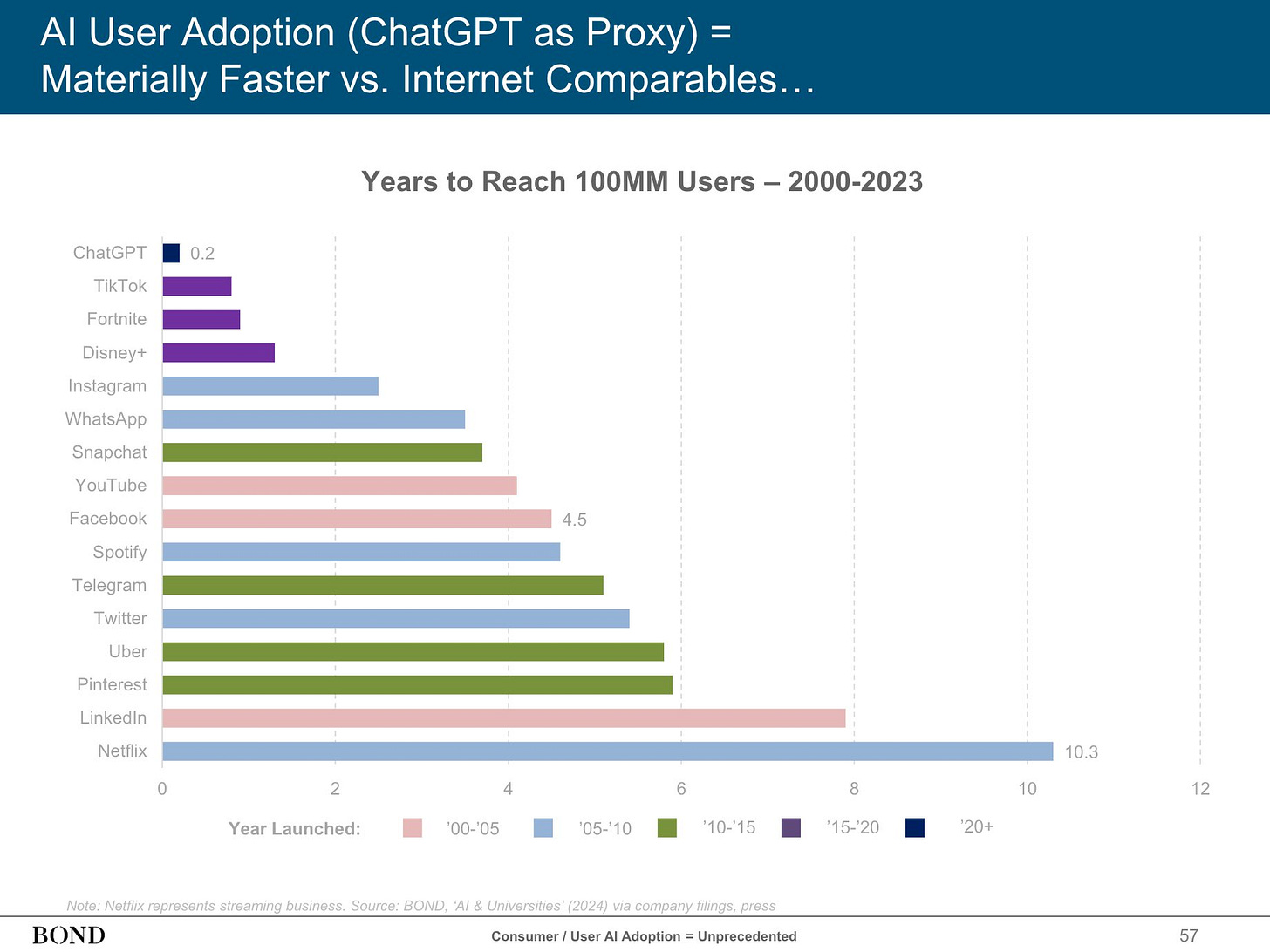
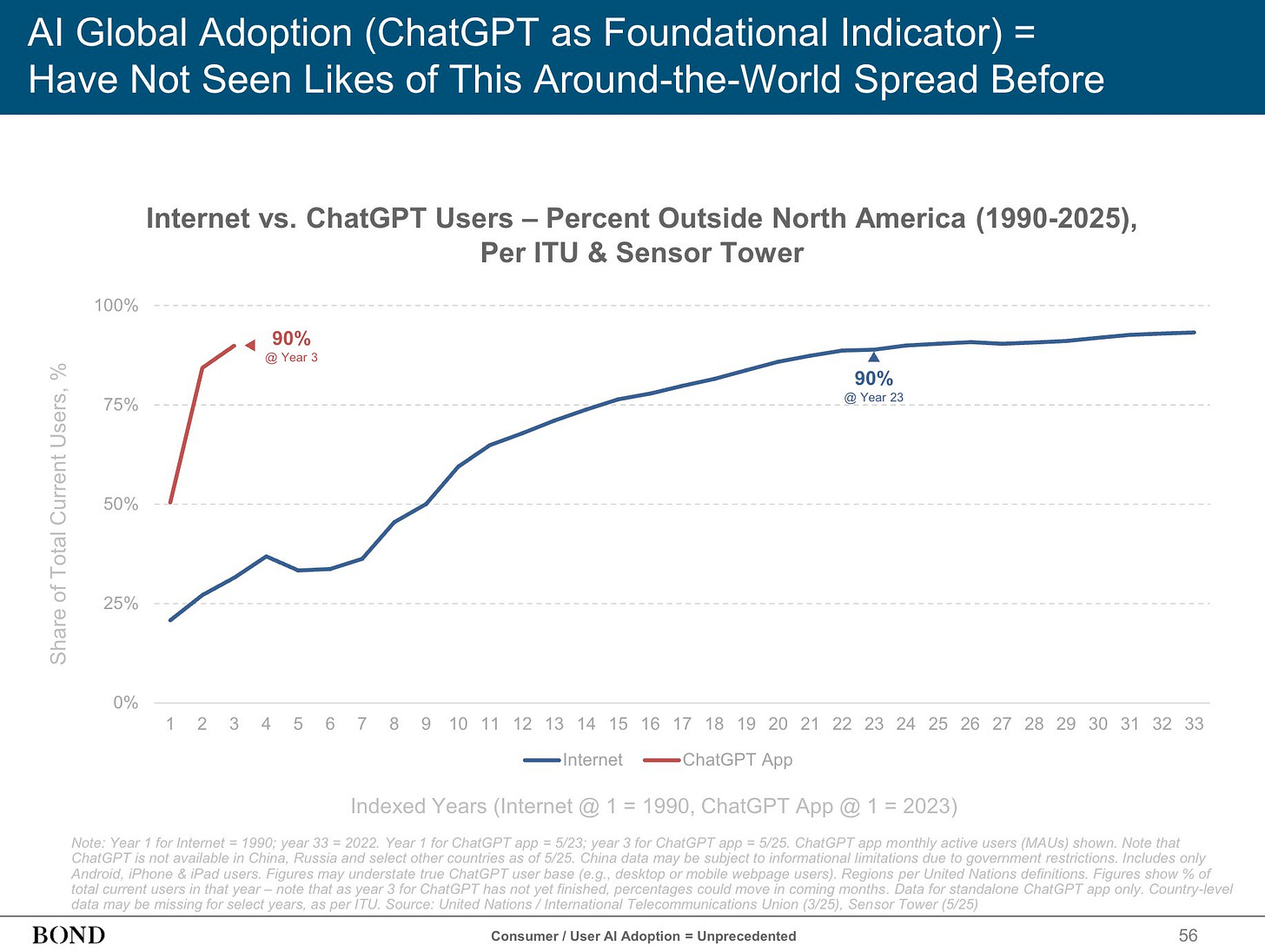
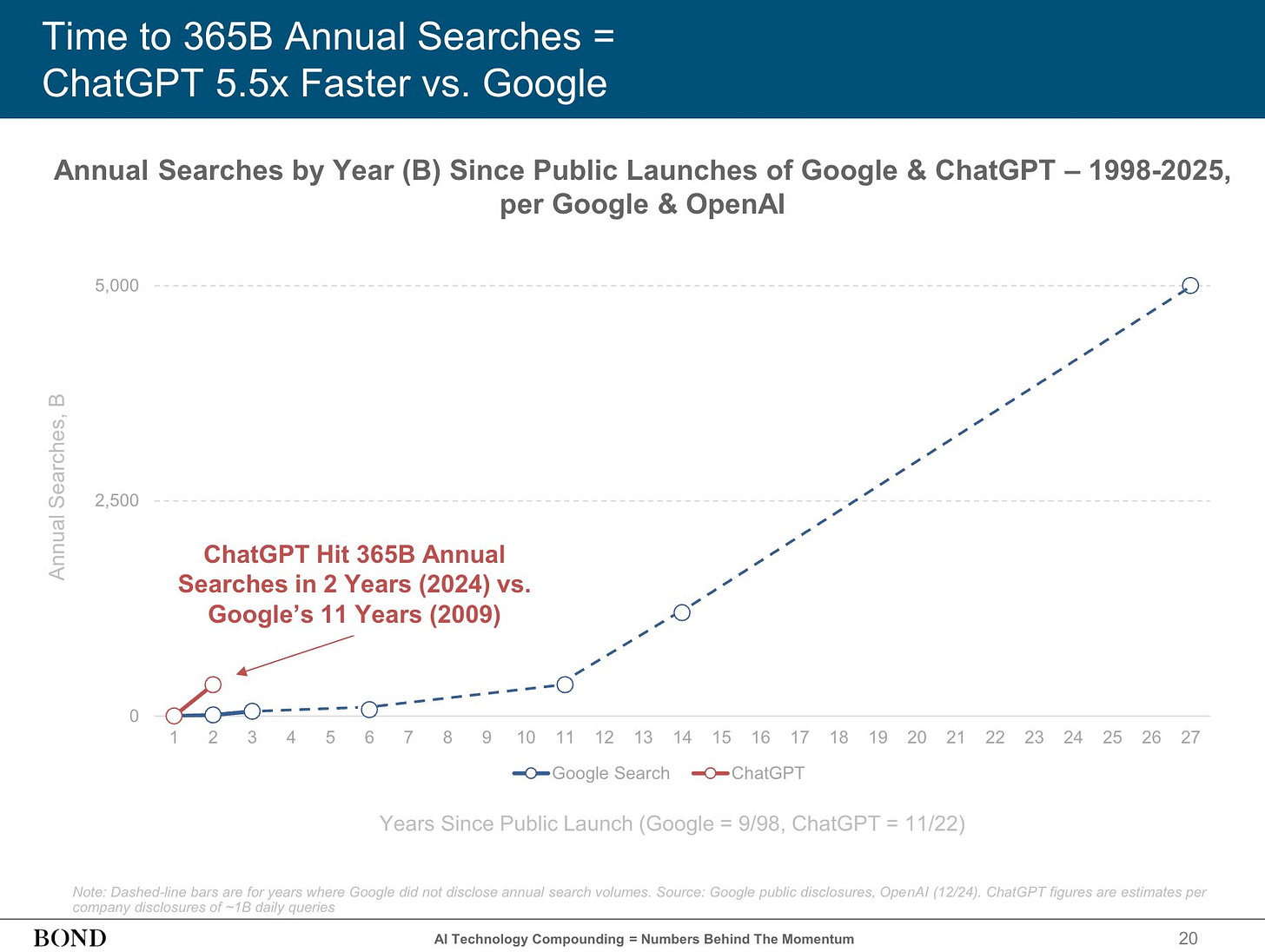
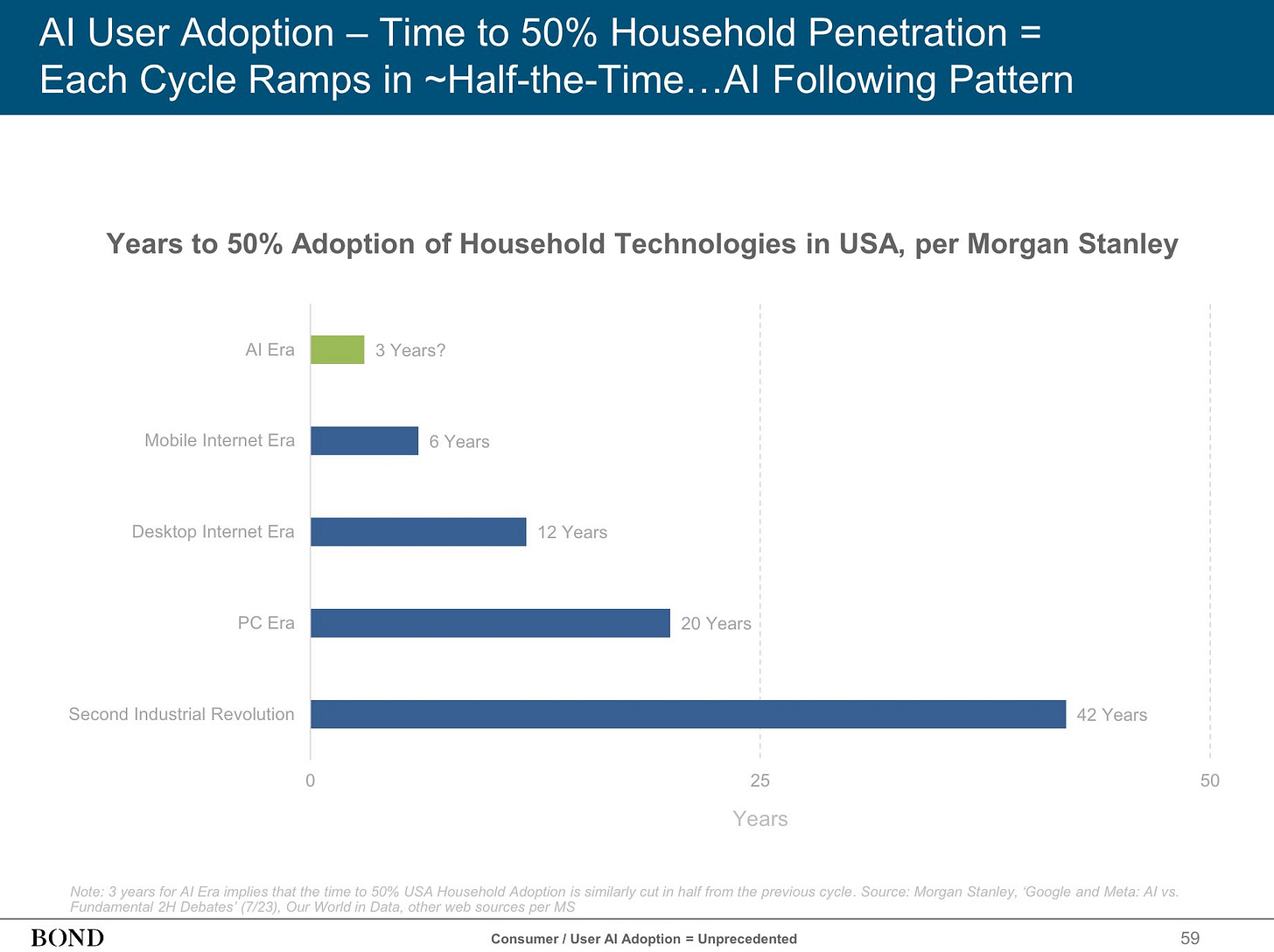
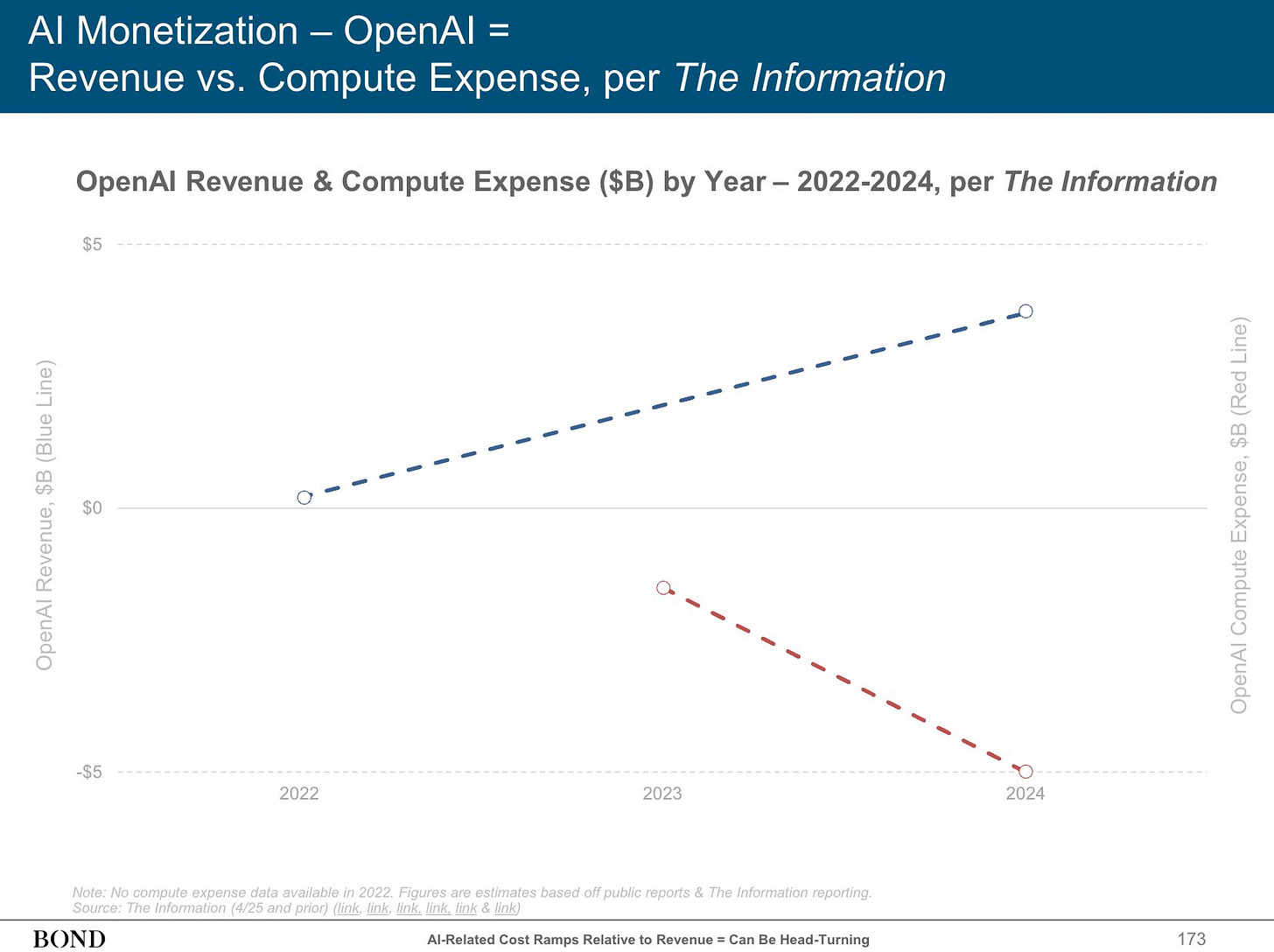
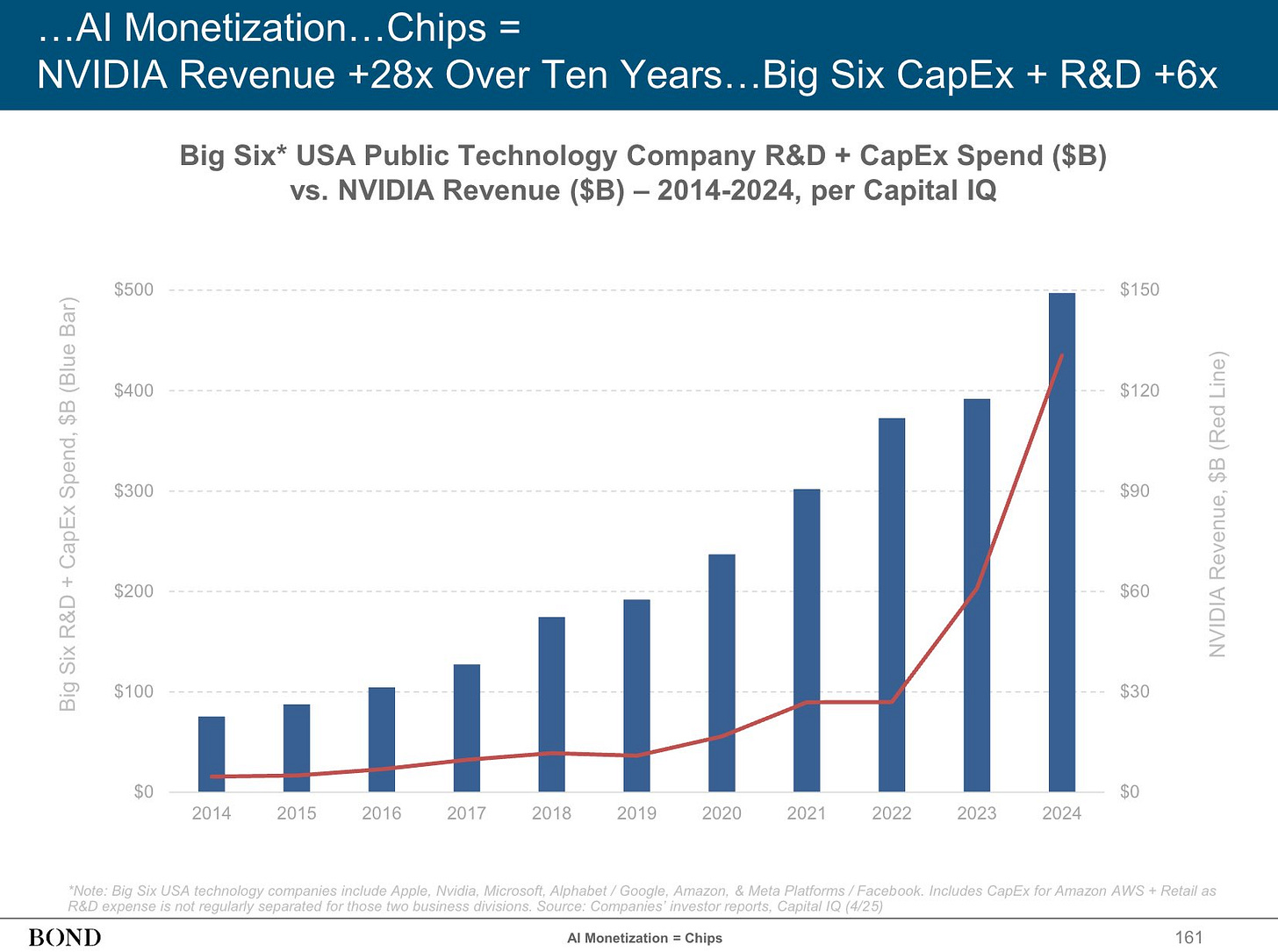
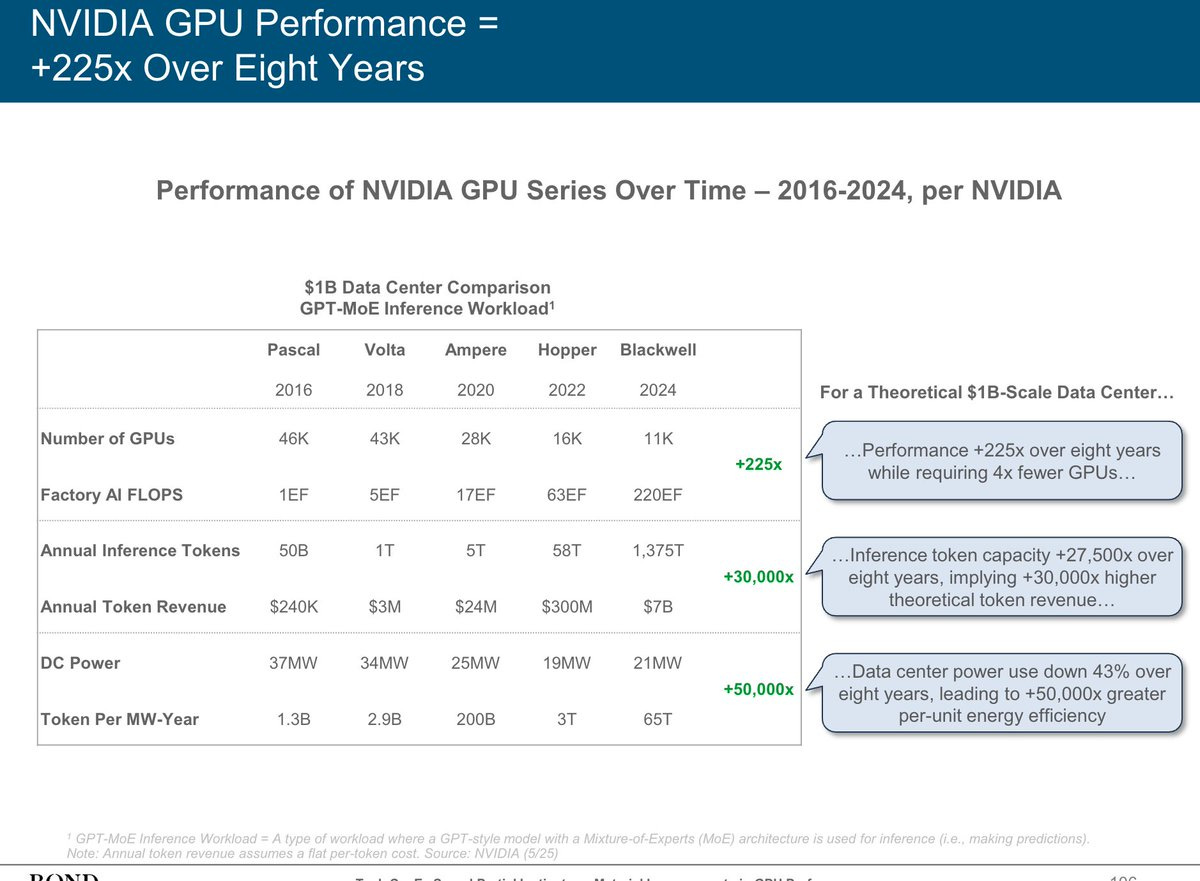
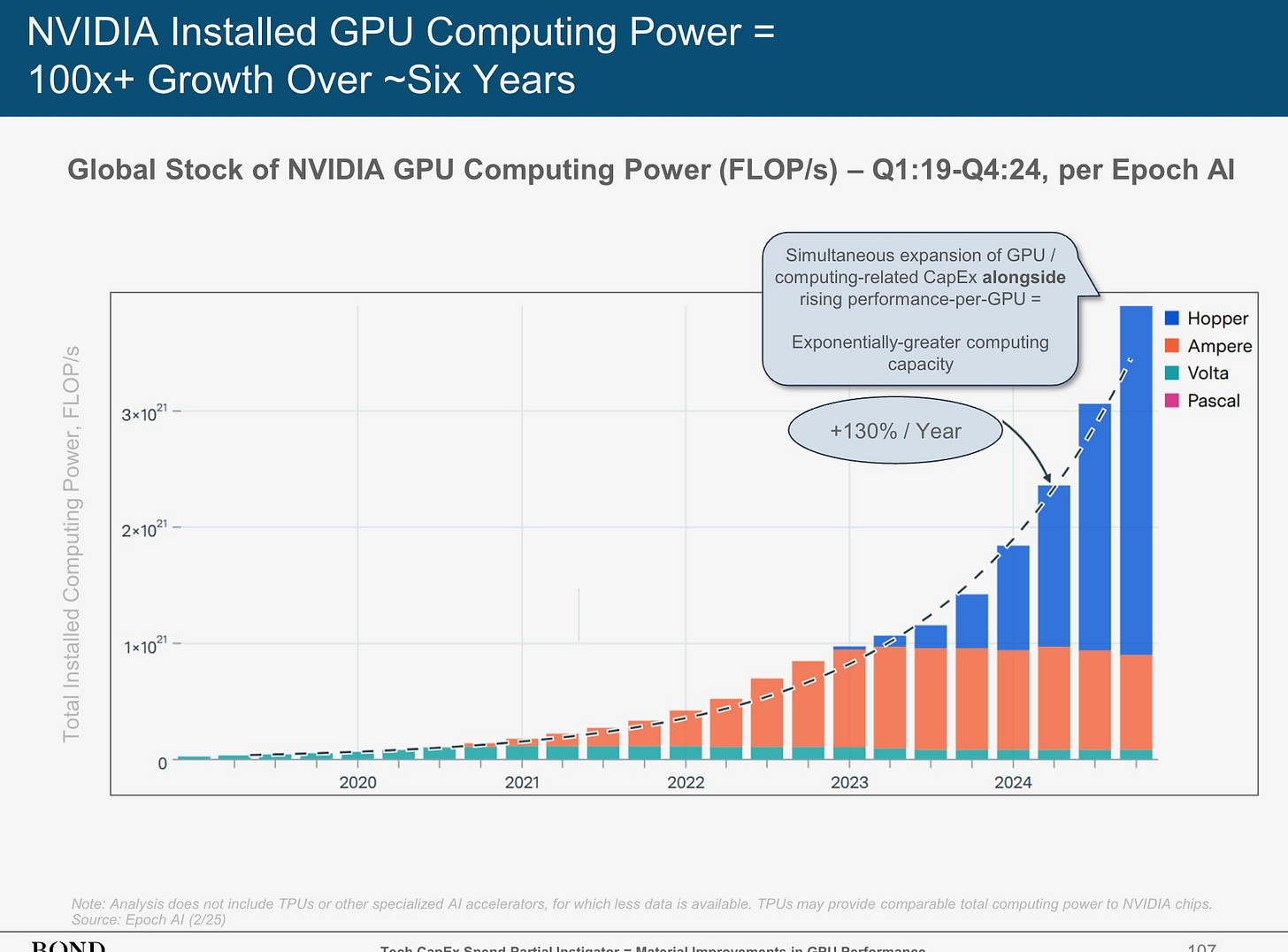
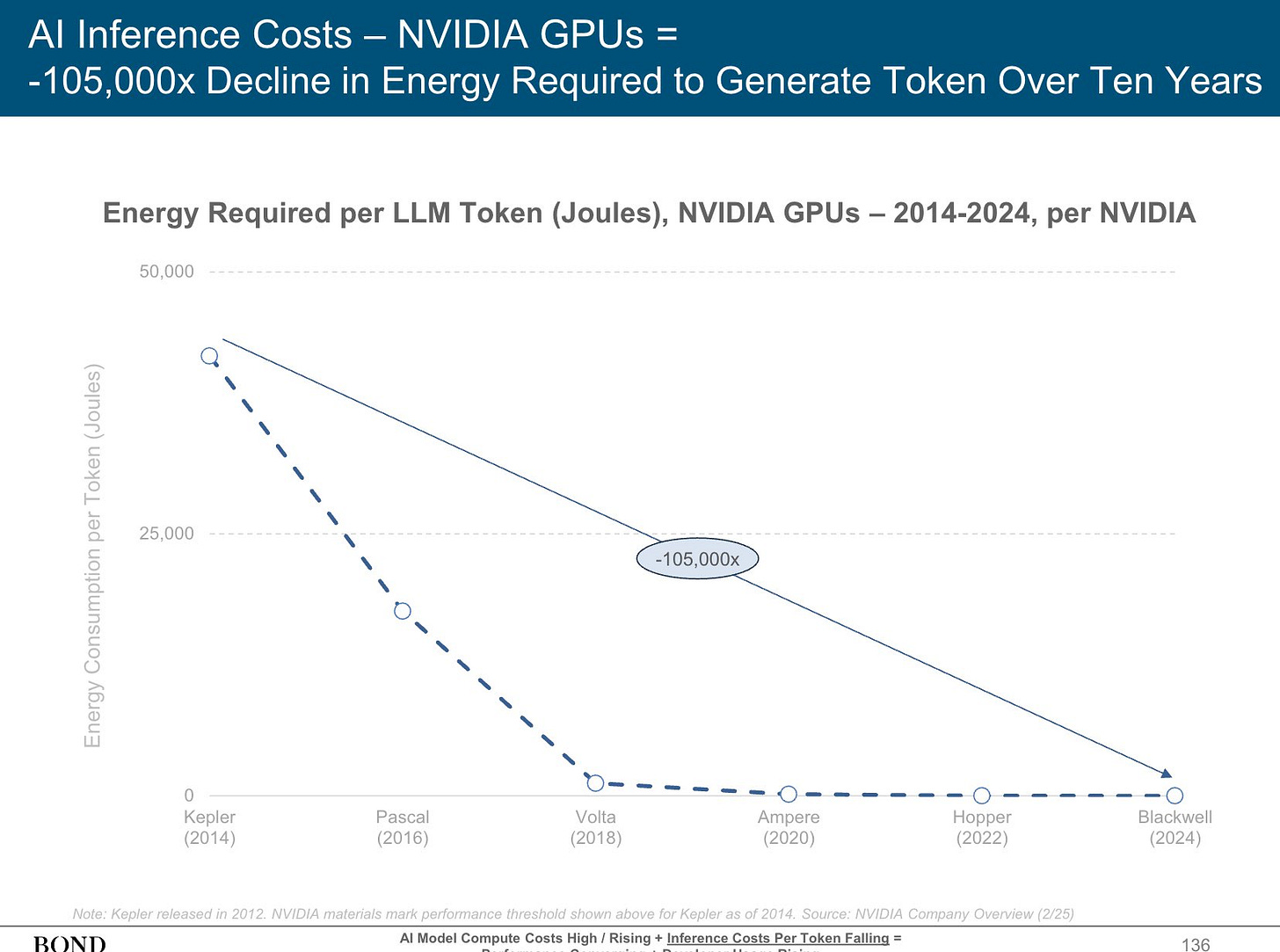

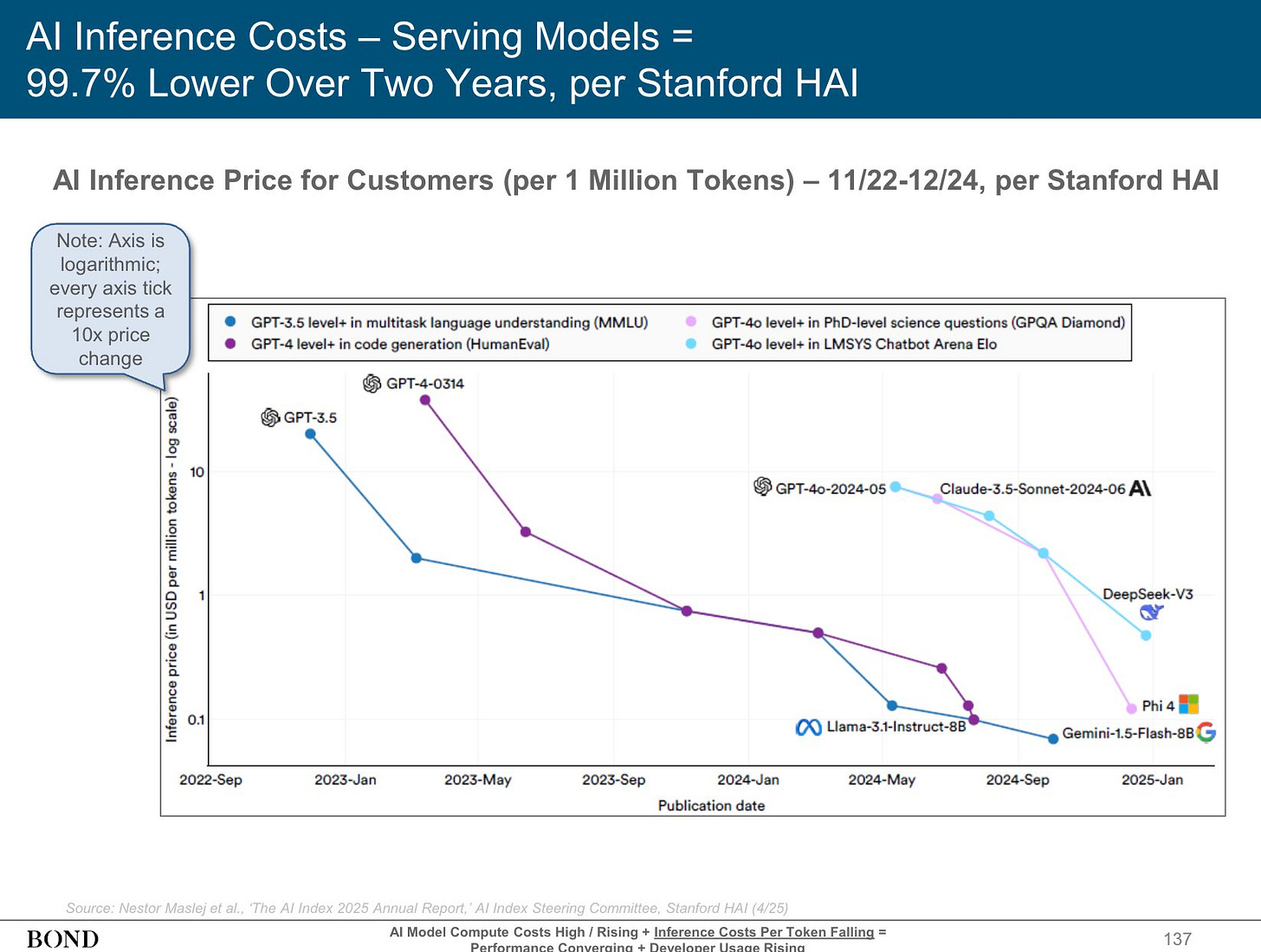

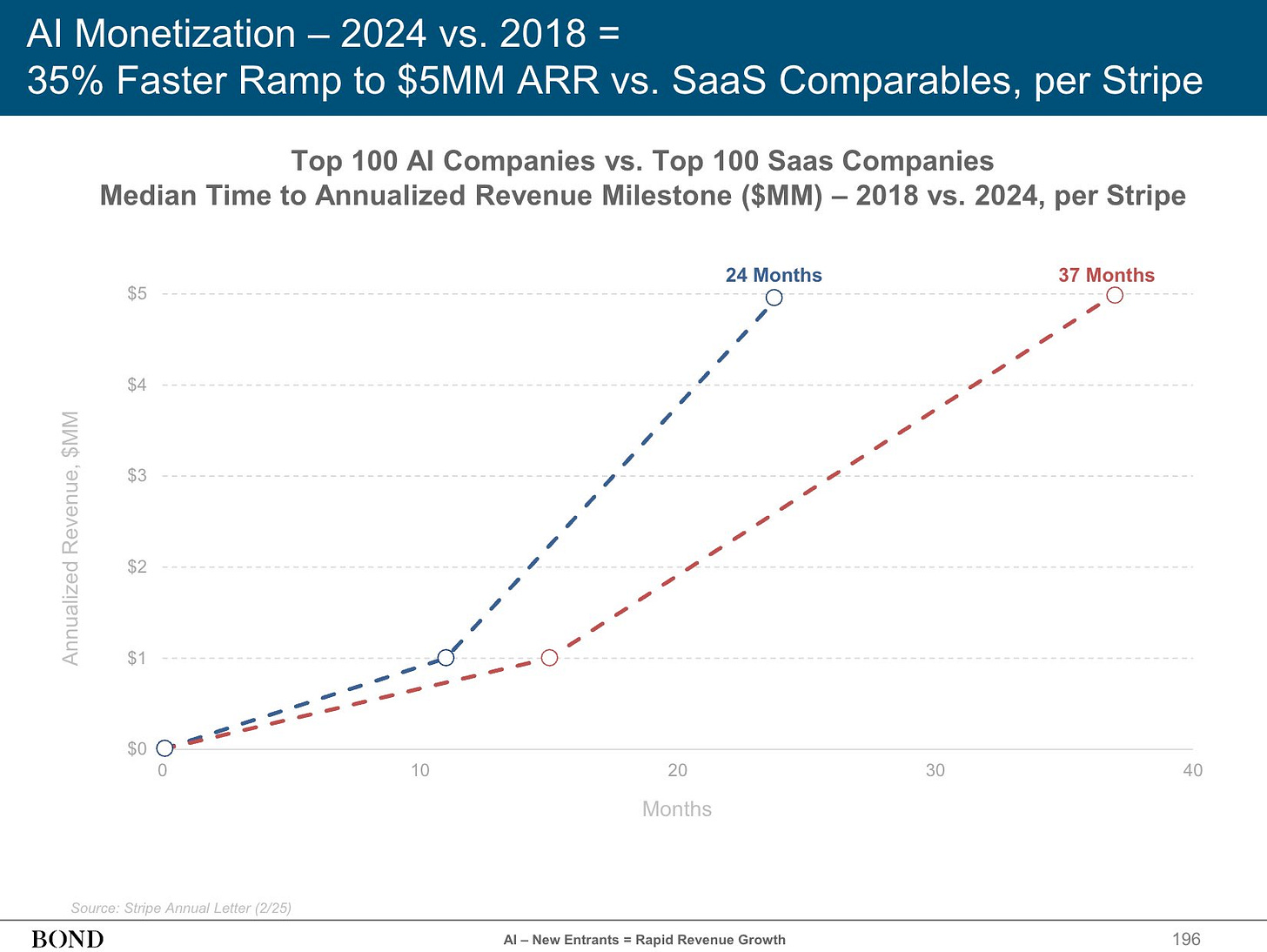
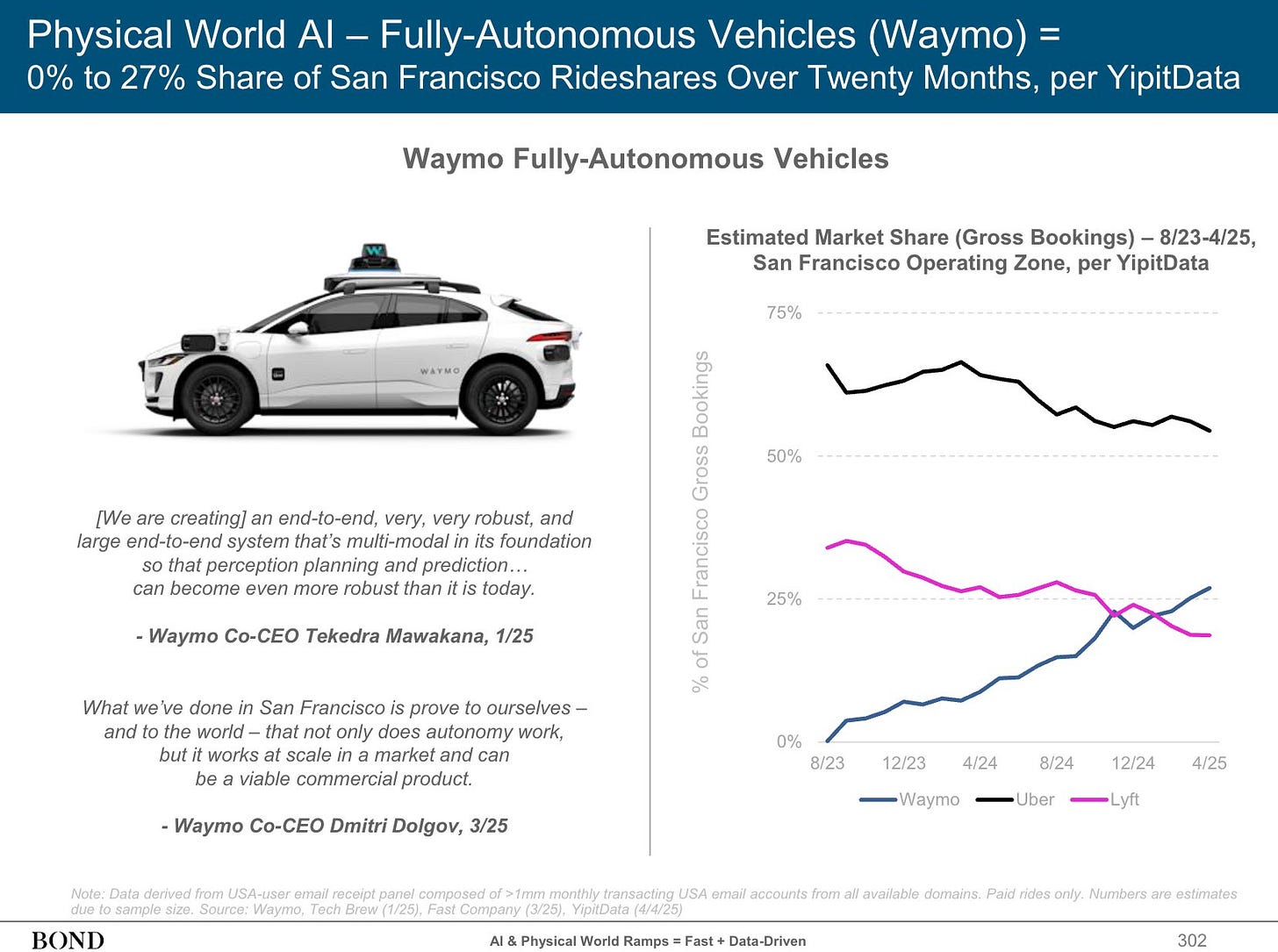
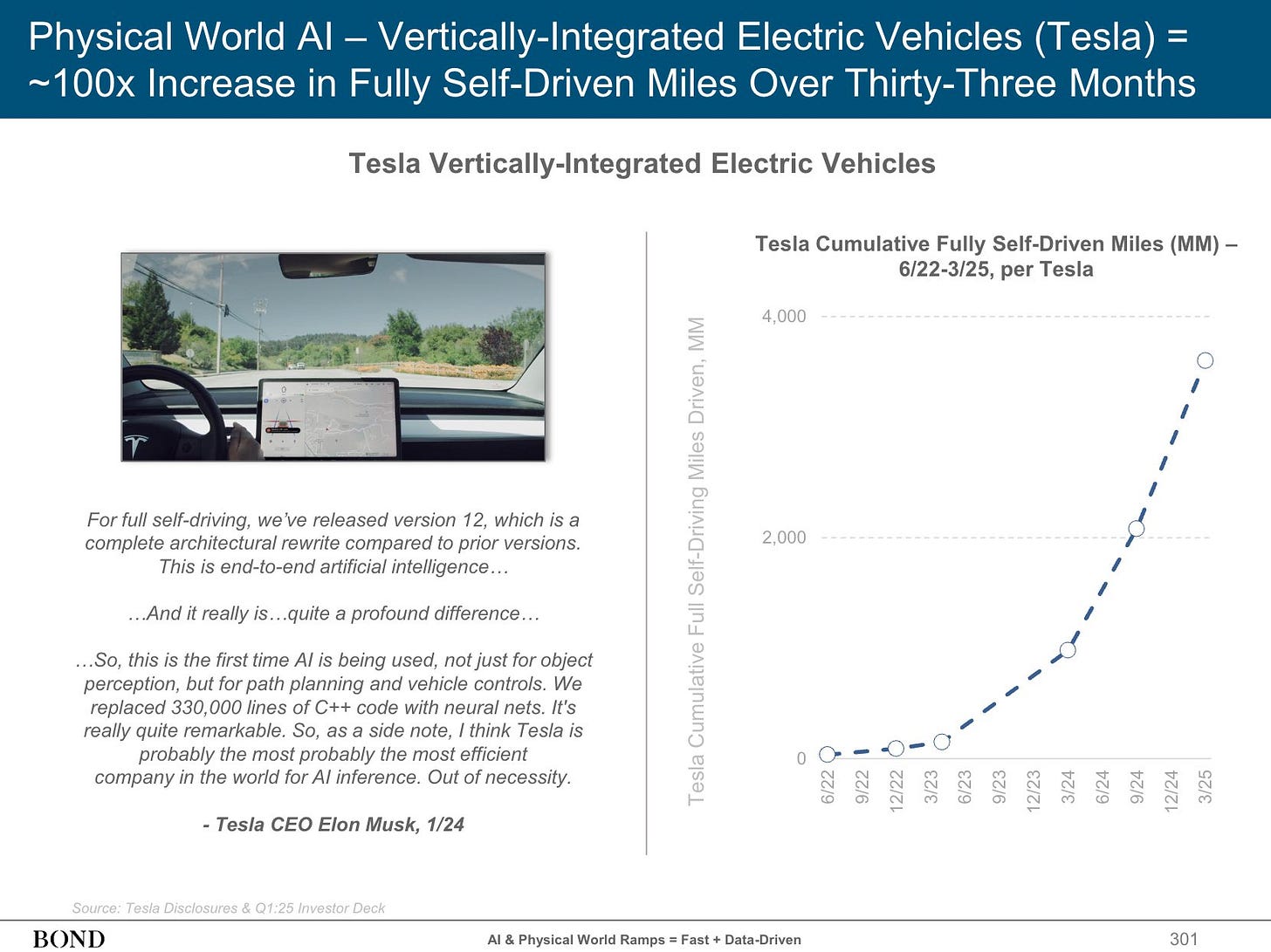
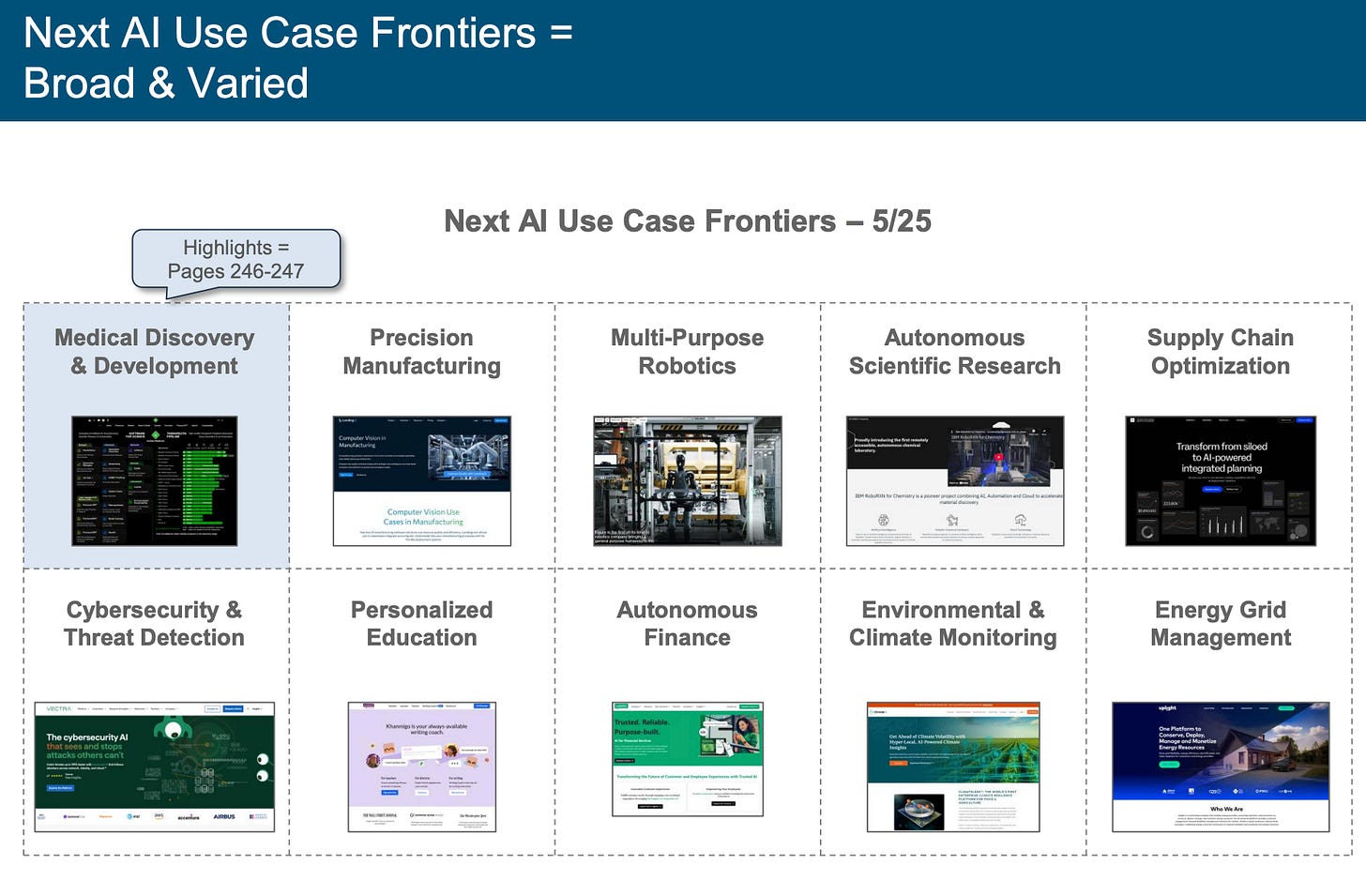
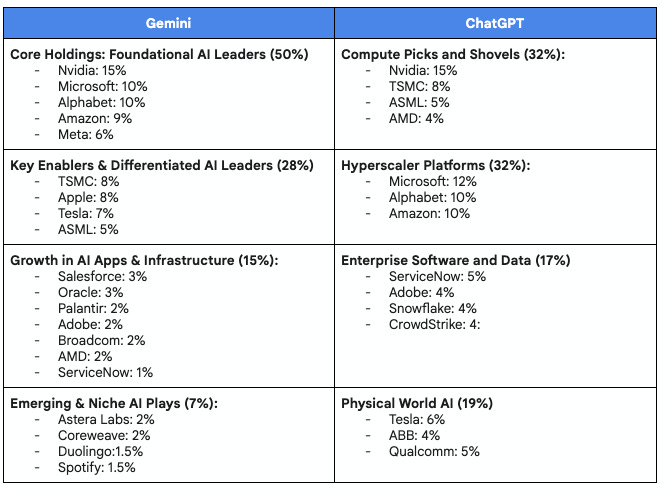


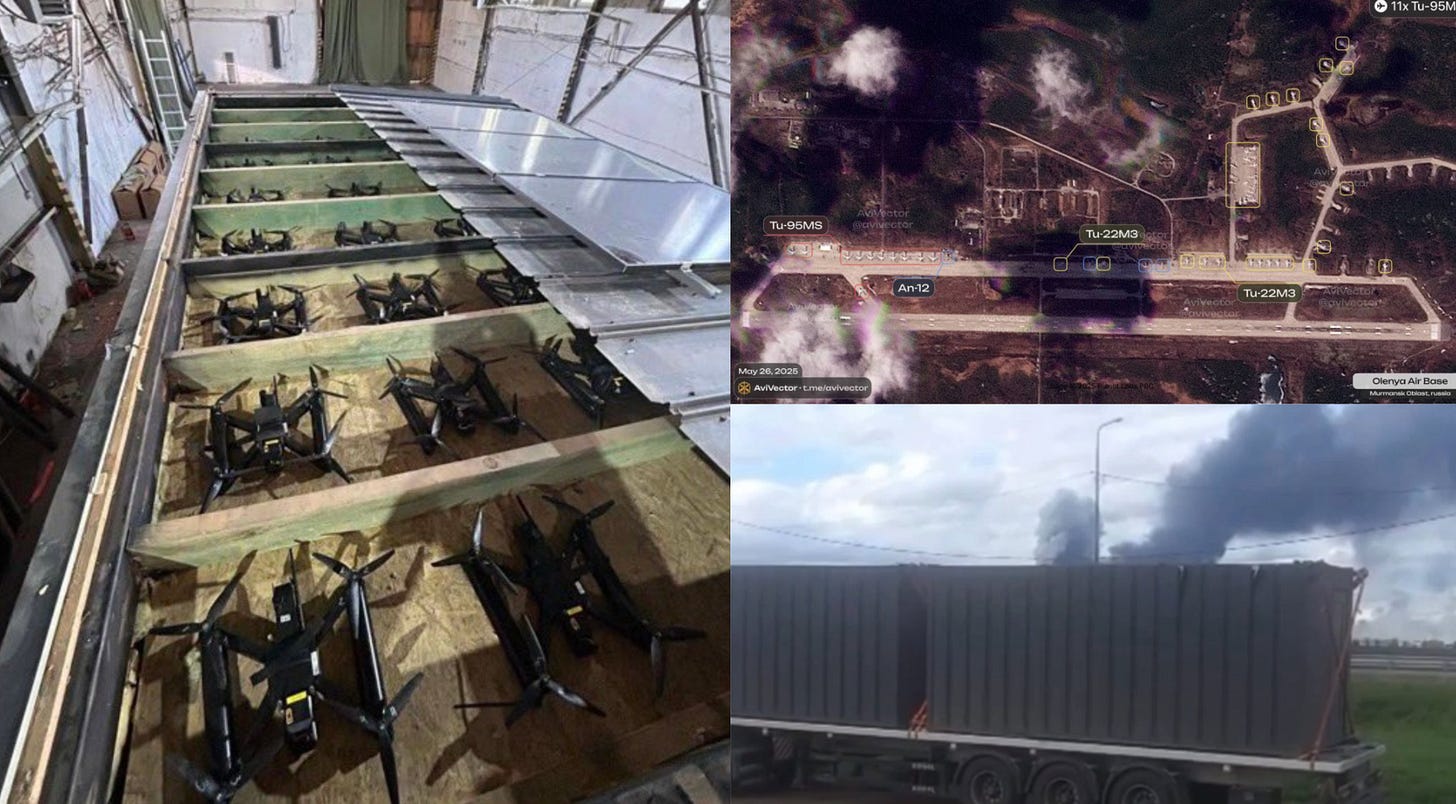







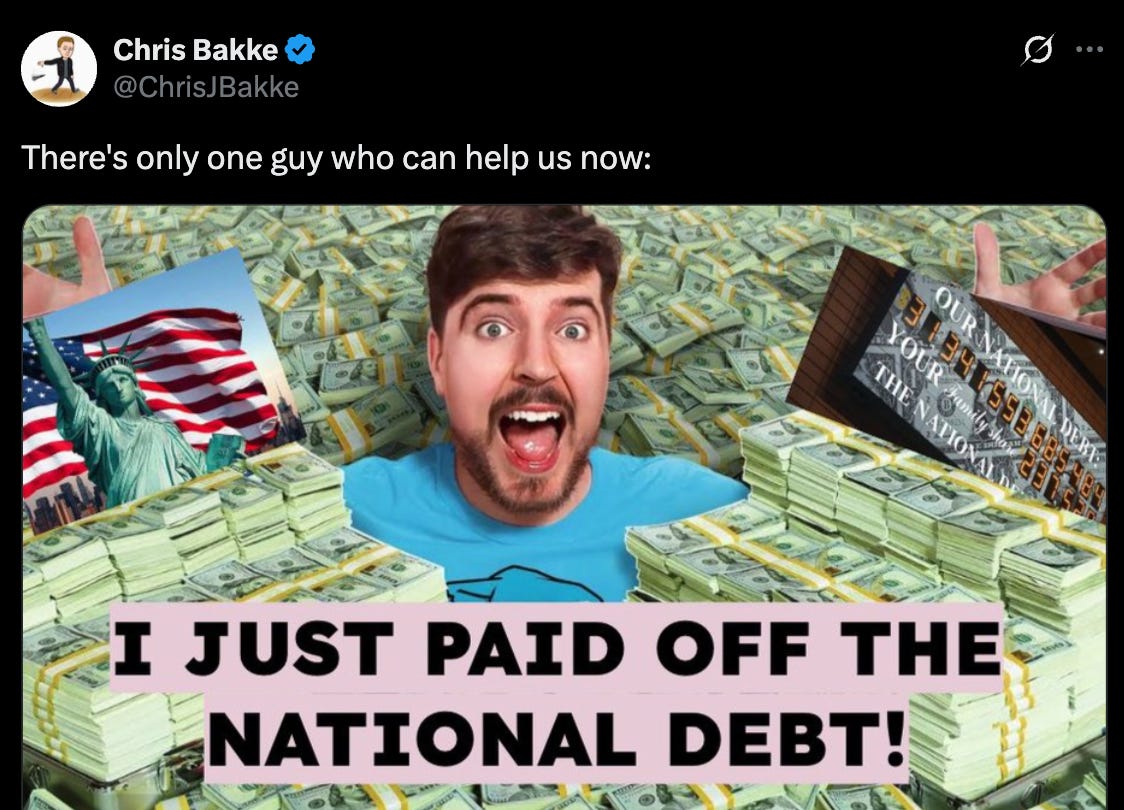

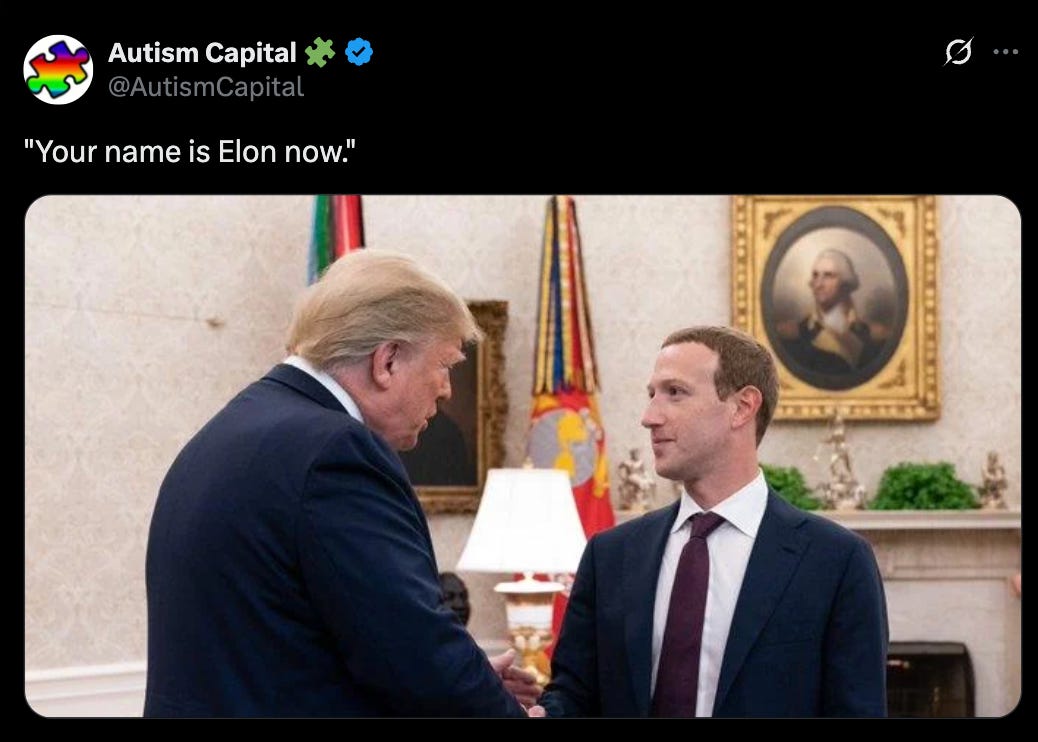

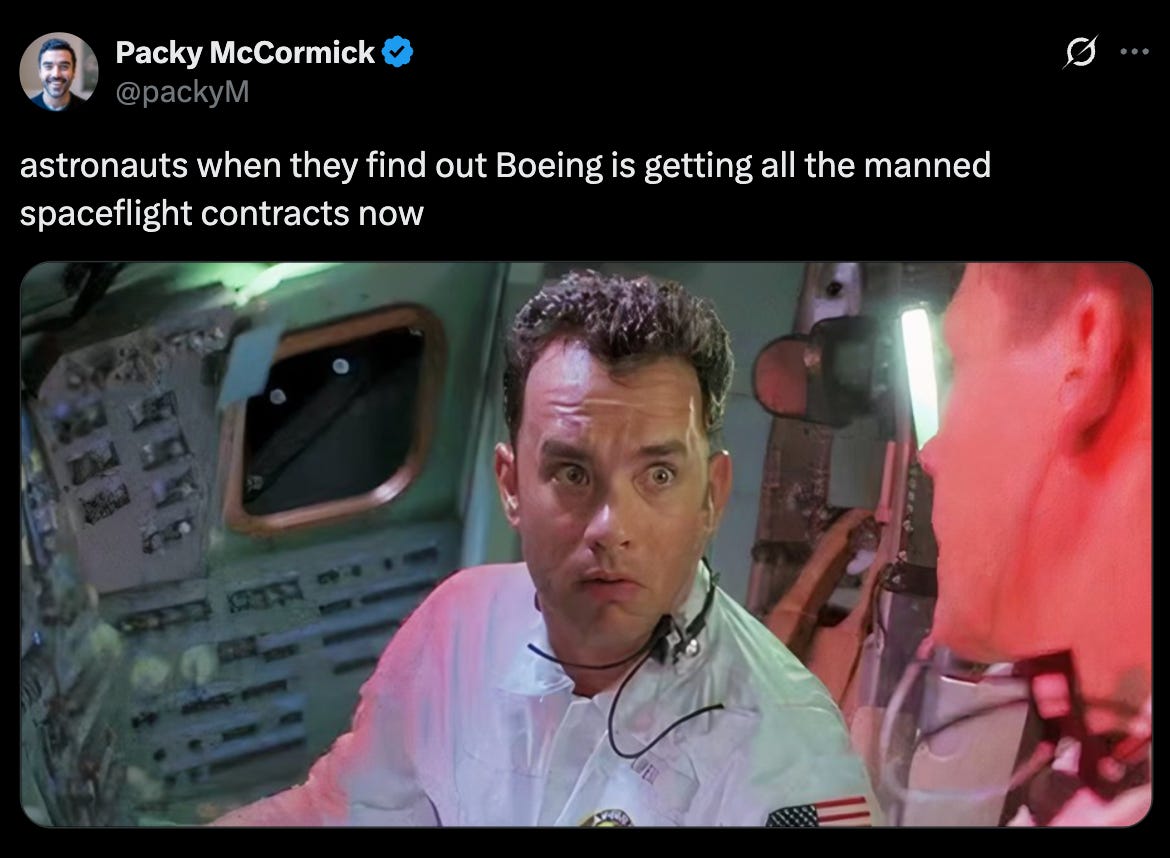
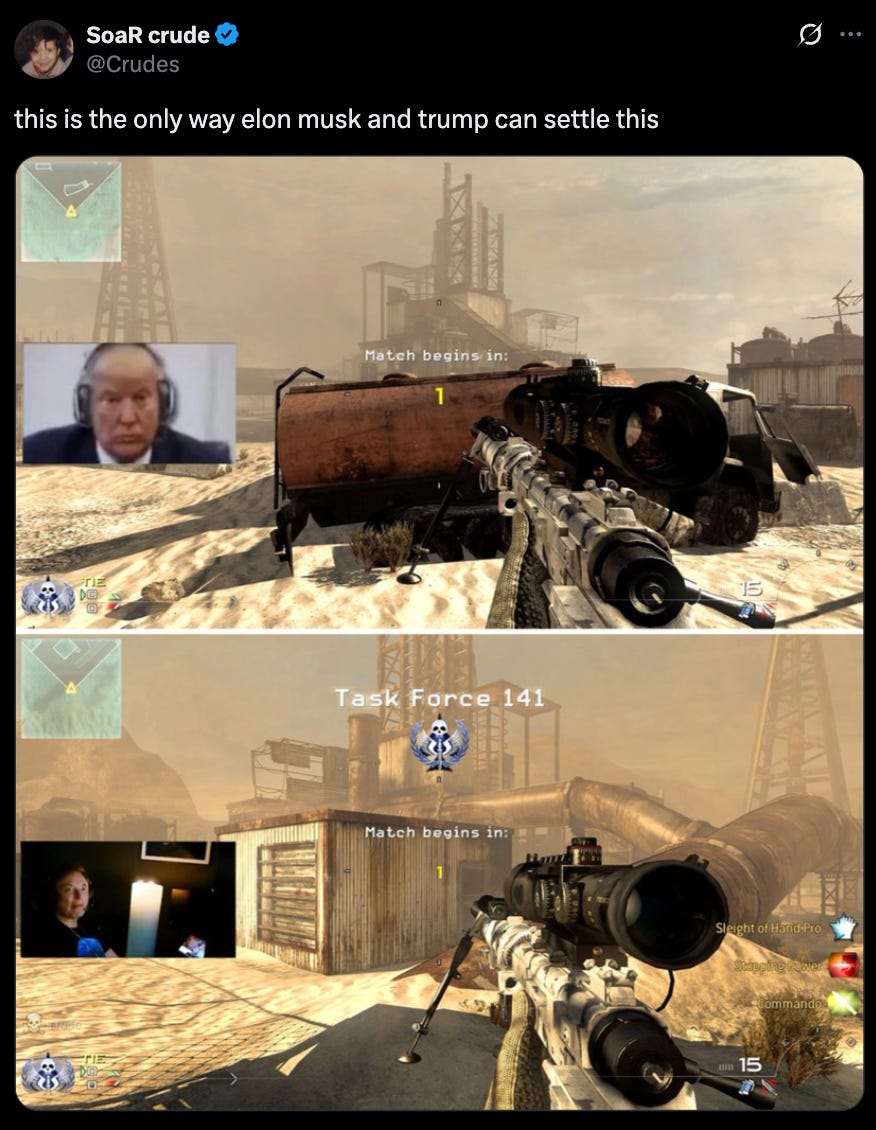
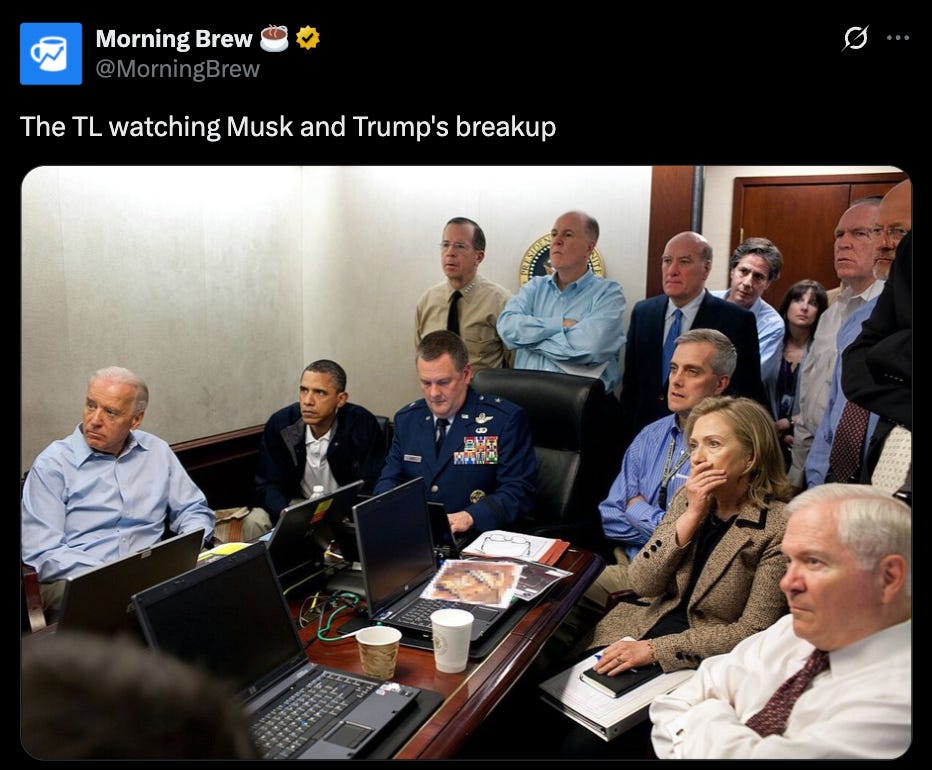
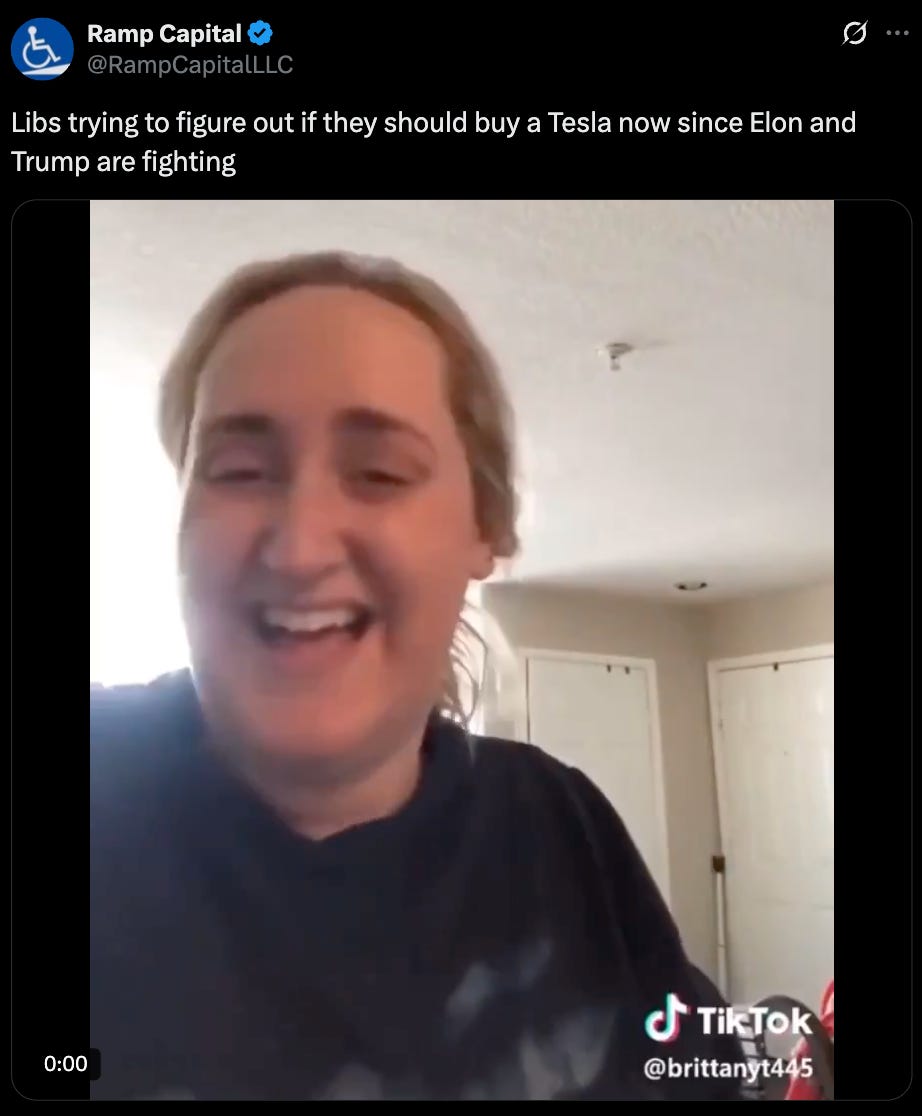
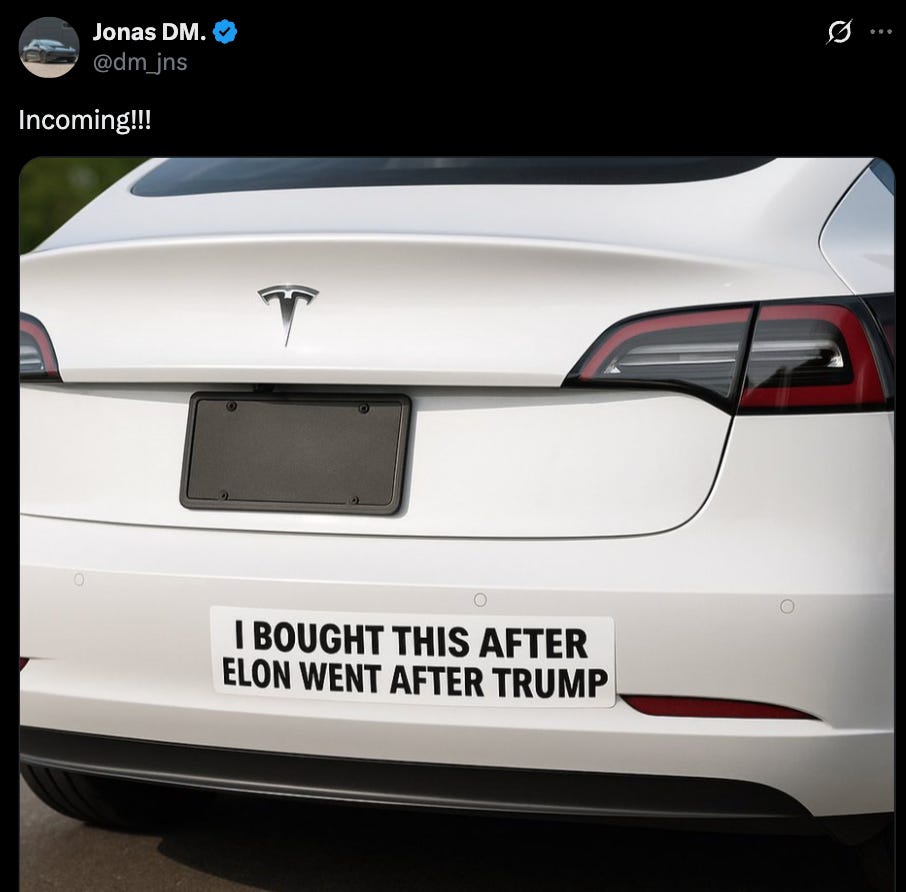





Trung, you’re like George Carlin (with fewer drugs?) if he had built a time machine and reappeared with a Twitter account in the 2020s…
Thanks as always for translating. This will be helpful to show people in my educational realm.